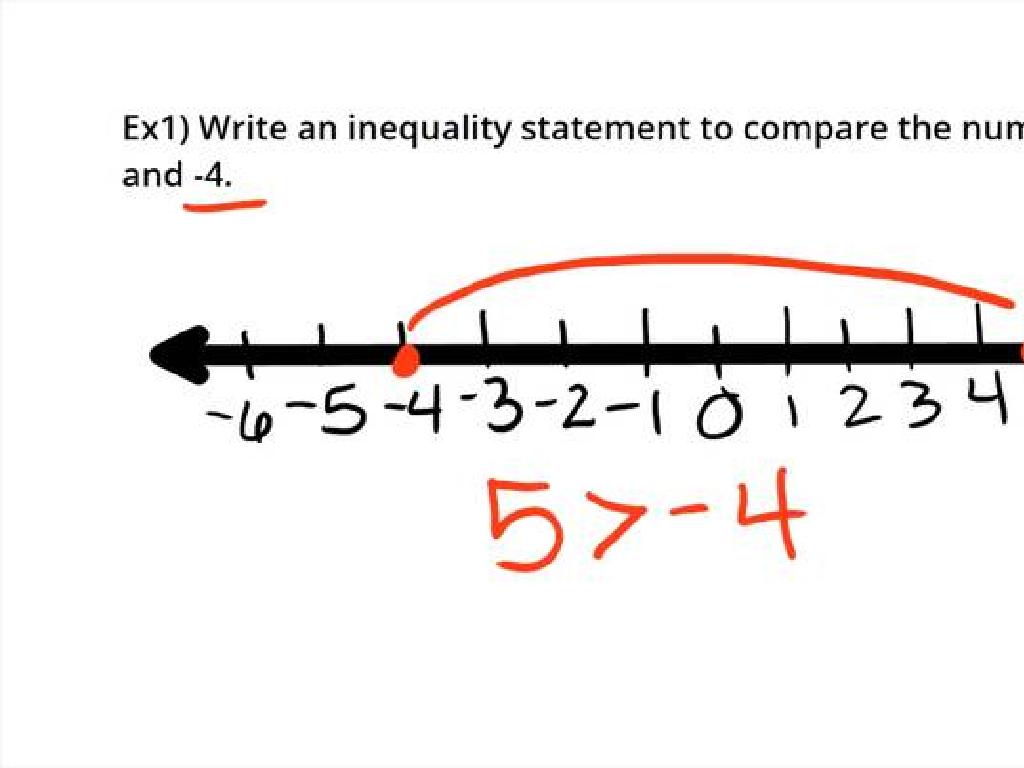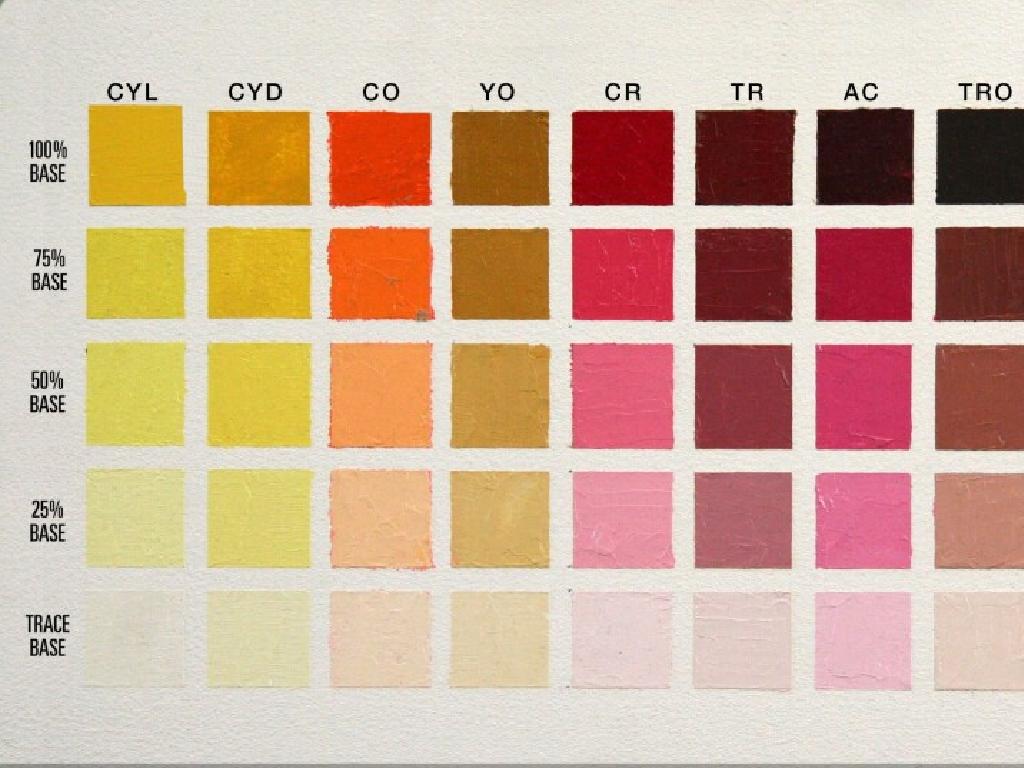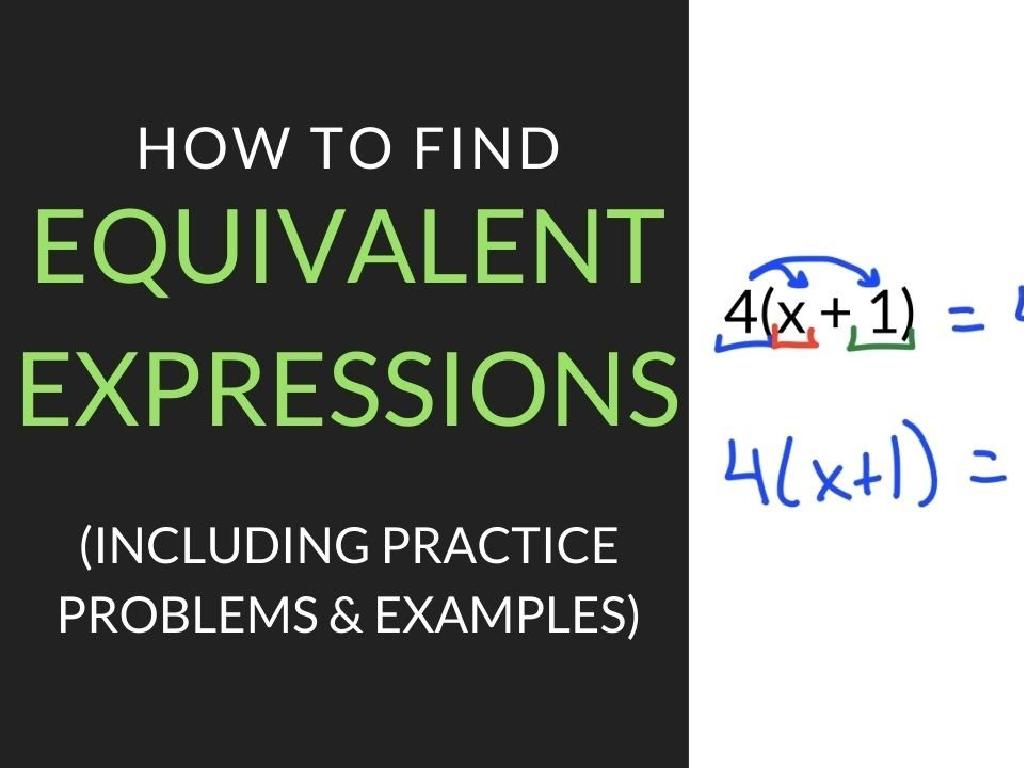What Does The Punctuation Suggest?
Subject: Language arts
Grade: Seventh grade
Topic: Restrictive And Nonrestrictive Elements
Please LOG IN to download the presentation. Access is available to registered users only.
View More Content
Punctuation and Clarity in Writing
– Define restrictive elements
– Essential to the meaning of a sentence, not set off by commas
– Define nonrestrictive elements
– Extra information that can be removed, usually set off by commas
– Punctuation’s role in clarity
– Correct punctuation helps readers understand sentence structure and meaning
– Examples in sentences
– ‘The car, which was red, sped by’ vs. ‘The car that was red sped by’
|
This slide introduces the concept of restrictive and nonrestrictive elements and their importance in sentence clarity. Restrictive elements are integral to the meaning of a sentence and are not separated by commas. Nonrestrictive elements provide additional information but can be removed without altering the sentence’s fundamental meaning, and they are typically set off by commas. Understanding the correct use of punctuation with these elements is crucial for clear writing. Provide examples to illustrate how punctuation changes the meaning of a sentence. Encourage students to create their own sentences to practice distinguishing between restrictive and nonrestrictive elements.
Understanding Restrictive Elements
– Define restrictive elements
– Parts of a sentence crucial for its meaning
– Essential to sentence meaning
– Removing them changes the sentence’s meaning
– Not set off with commas
– Commas are not used to separate these elements
– Example: Hard-studying students
– ‘The students who study hard will ace the test’ implies only hard-studying students will ace.
|
This slide introduces the concept of restrictive elements in sentences, which are vital for conveying the exact meaning intended by the writer. These elements are not optional and cannot be removed without altering the meaning of the sentence. Unlike nonrestrictive elements, they are not separated from the rest of the sentence with commas. The example provided should help students understand that the clause ‘who study hard’ is necessary to specify which students will succeed, indicating its restrictive nature. Encourage students to identify restrictive elements in sentences and practice by creating their own examples.
Understanding Nonrestrictive Elements
– Nonrestrictive elements defined
– Adds non-essential details to sentences
– Extra info not crucial to meaning
– The sentence makes sense without it
– Set off by commas in sentences
– Commas indicate additional information
– Example: Students and confidence
– ‘The students, who had studied hard, felt confident.’ shows extra detail about the students
|
This slide introduces the concept of nonrestrictive elements in sentences, which are additional pieces of information that are not essential to the core meaning of the sentence. They can be removed without changing the sentence’s fundamental meaning. Commas are used to separate these elements from the rest of the sentence, signaling to the reader that the information is supplementary. The example provided should help students see how nonrestrictive elements function in context. Encourage students to identify nonrestrictive elements in their reading and use them in their writing to add depth to their sentences.
The Importance of Commas in Sentences
– Commas affect sentence meaning
– Example: ‘Let’s eat, Grandma!’ vs. ‘Let’s eat Grandma!’
– Clarify essential vs. additional info
– Essential info defines, while additional just describes
– Comparing sentences: with/without commas
– ‘The student, who won the award, is my friend.’ vs. ‘The student who won the award is my friend.’
– Understanding restrictive/nonrestrictive
– Restrictive elements are vital to the meaning; nonrestrictive elements add extra information.
|
This slide emphasizes the critical role commas play in sentence structure and meaning. Commas can drastically alter the interpretation of a sentence, which is particularly important for distinguishing between essential and nonessential information. By comparing sentences with and without commas, students can visually grasp how punctuation affects clarity. The slide also introduces the concept of restrictive and nonrestrictive elements, setting the stage for deeper exploration of how these grammatical components contribute to effective writing. Encourage students to create their own examples and discuss how the presence or absence of a comma changes the sentence’s meaning.
Punctuation and Meaning: Practice
– Identify restrictive vs. nonrestrictive
– Restrictive: essential to the meaning, no commas
– Decide comma placement
– Nonrestrictive: extra info, use commas
– Example: Restrictive element usage
– ‘The car that is parked outside is mine.’ No commas needed; it specifies which car.
– Practice with provided sentences
|
This slide is aimed at practicing the identification of restrictive and nonrestrictive elements in sentences and understanding how punctuation, particularly commas, can alter meaning. A restrictive element is essential to the sentence’s meaning and does not require commas. In contrast, a nonrestrictive element adds extra information and is typically set off with commas. The example provided is a restrictive clause because it specifies exactly which car is being referred to, indicating that the information is crucial and should not be separated by commas. Encourage students to practice with additional sentences, identifying elements and deciding on the correct comma usage to convey the intended meaning.
Group Activity: Crafting Sentences with Elements
– Write two sentences on the same topic
– Include a restrictive element in one
– Restrictive: essential info, no commas
– Include a nonrestrictive element in another
– Nonrestrictive: extra info, use commas
– Understand the impact of punctuation
|
This group activity is designed to help students understand the difference between restrictive and nonrestrictive elements and how punctuation can change the meaning of a sentence. Restrictive elements are integral to the meaning of the sentence and do not require commas. Nonrestrictive elements add extra information and are set off by commas. For example, ‘The students who study hard will excel’ (restrictive) vs. ‘The students, who study hard, will excel’ (nonrestrictive). Instruct students to work in groups to create their own examples, fostering collaboration and deepening their understanding of the concepts. After the activity, have each group share their sentences and discuss how the different elements and punctuation change the sentence’s meaning.
Class Discussion: Punctuation’s Impact
– Share your crafted sentences
– Explain your comma usage
– Did you pause, list items, or clarify?
– Discuss meaning changes with punctuation
– Compare sentences with different punctuation
– Reflect on punctuation importance
|
This slide prompts a class discussion about the use of commas in sentences and how they affect meaning, particularly in restrictive and nonrestrictive clauses. Students will share sentences they’ve written, explaining their choice to use or not use commas. Encourage them to think about how commas can change the flow of a sentence and its interpretation. For example, ‘Let’s eat, Grandma!’ versus ‘Let’s eat Grandma!’ highlights the importance of commas for clarity. The discussion should help students understand that punctuation is not just a set of rules but a tool for clear communication. As a teacher, facilitate the discussion by providing feedback and guiding students to notice the nuances in meaning that punctuation can create.
Class Activity: Punctuation and Restrictive Elements
– Correct punctuation in sentences
– Spot restrictive vs nonrestrictive
– Restrictive elements are essential to the meaning, while nonrestrictive elements add extra information.
– Explain corrections to a partner
– Understand punctuation’s role
– Punctuation helps clarify if an element is essential or additional.
|
This activity is designed to help students practice their understanding of punctuation and its impact on sentence meaning, particularly in distinguishing between restrictive and nonrestrictive elements. Students will work with a series of sentences that require punctuation corrections. They will need to identify whether elements within the sentences are essential to the core meaning (restrictive) or provide additional, non-essential information (nonrestrictive), and use commas accordingly. After making corrections, students will pair up to explain their reasoning, fostering peer learning. As a teacher, circulate the room to assist and challenge students with questions that prompt deeper thinking. Possible sentences for the activity could include examples like ‘The students who study hard get good grades’ vs ‘The students, who study hard, get good grades,’ where the first is restrictive and the second is nonrestrictive.
Conclusion & Homework: Punctuation Clarity
– Recap restrictive vs. nonrestrictive
– Restrictive elements are essential to the meaning, while nonrestrictive elements add extra information.
– Punctuation’s role in clarity
– Correct punctuation helps readers understand which elements are essential to the sentence’s meaning.
– Homework: Find real examples
– Look for sentences in books or articles that use commas, dashes, or parentheses to add extra information.
– Be ready to discuss your examples
|
As we wrap up today’s lesson, remember that restrictive elements are integral to a sentence’s meaning and are not set off by commas. Nonrestrictive elements, which can be omitted without changing the sentence’s meaning, are usually separated by commas. Punctuation is crucial in distinguishing between these elements and ensuring the sentence conveys the intended message. For homework, students should find real-life examples of restrictive and nonrestrictive elements to reinforce their understanding. Encourage them to bring these examples to the next class for discussion, which will help solidify their grasp of the concepts covered today.






